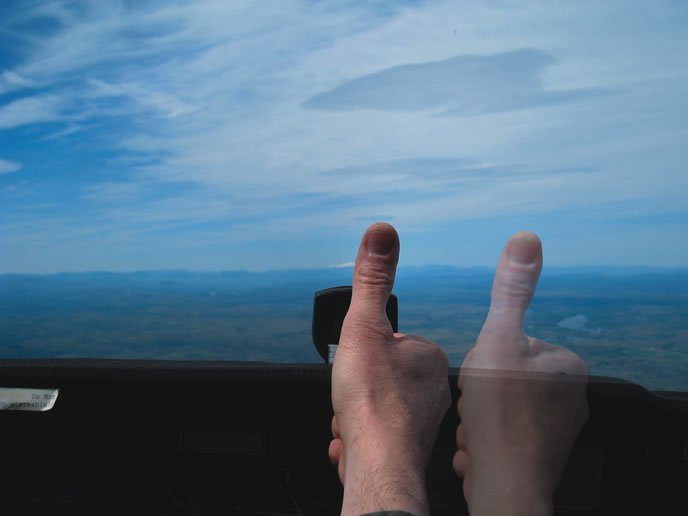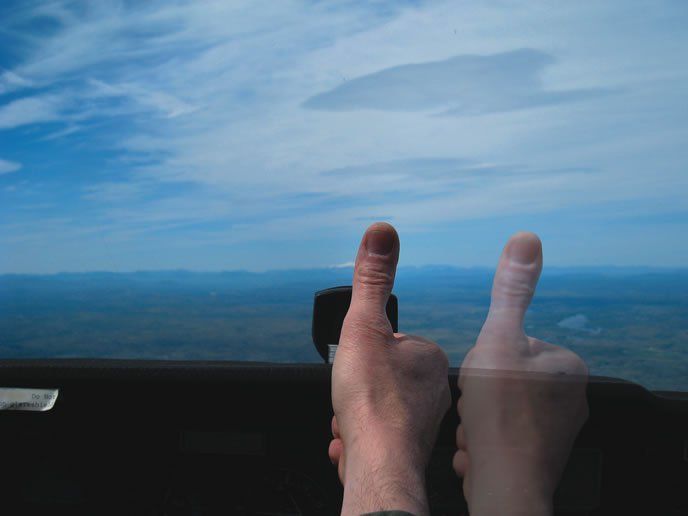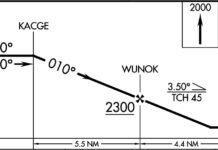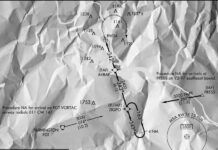
Picture yourself in the cockpit counting on your eyeballs to keep you clear of thunderstorms. There’s a buildup ahead and you’ve got to ask for a diversion. But how many degrees? You don’t have a pretty cockpit display with the weather today, so you’ll be estimating.
You can get a good estimate just using your binocular vision. Hold a raised finger at arm’s length and sight across that finger first with only one eye and then the other eye. Your finger displaces about 10 degrees. So if you put your raised finger between you and the storm with your right eye only and then look with only your left eye, the new position of your finger shows where a 10-degree turn to the right would take the airplane. In this way, you can measure 10-degree chucks of heading change against the view outside—and then confidently ask ATC for “30 right.”
The technique gets much more accurate by knowing your interpupillary (or pupillary) distance (PD). That’s the distance between the centers of both pupils when looking at a distance. (When looking at close objects, eyes converge, and the PD decreases several millimeters depending on the nearness of focus.) You may already know your PD if you wear glasses, as it is typically included in an optometric prescription, or from binocular usage.
If not, it can be measured by looking in a mirror while placing a ruler immediately below the pupils. Details can be found on the internet. Typical male PD’s are 70 millimeters, and female PD’s are 65 millimeters. These numbers are likely close enough for most pilots to use in this calculation:
Multiply your PD by 5.67 (the cotangent of 10 degrees). For example, if your PD is seven centimeters, then 7 * 5.67 = 39.69 cm. Call it 40 centimeters.
Now you can hold the raised finger, or better yet a thin pencil, 40 cm from your head. (This distance can be measured using a tape measure.) Opening one eye and then the other moves the marker 10 degrees.
Once you learn the correct distance from your eyes, a tape measure will be superfluous. You may find the distance is the same as from your eyes to the near top edge of your instrument panel or other convenient reference.





